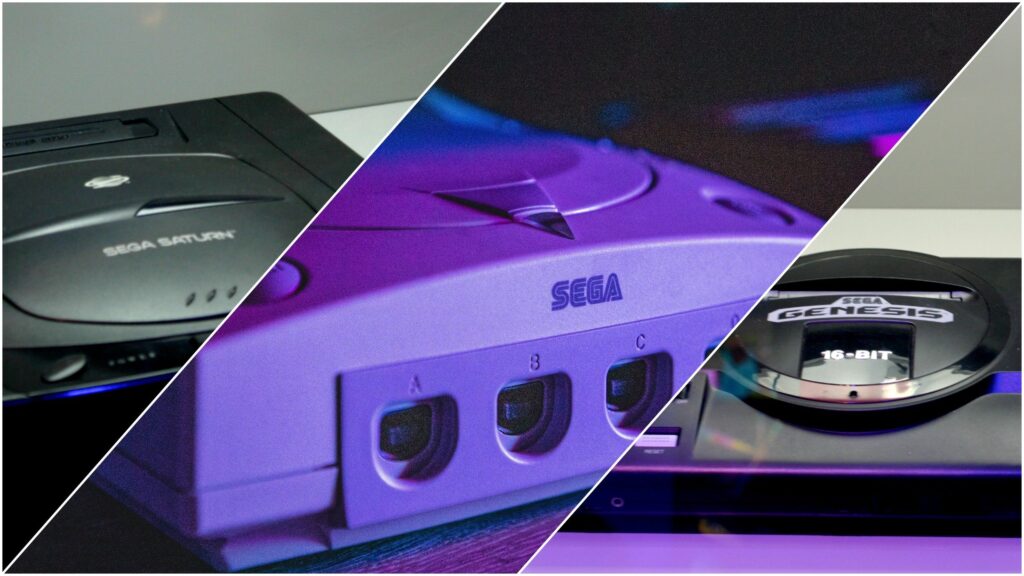
UPDATE: Sega’s fall from console dominance is now under scrutiny as new analysis reveals the four critical missteps that led to its exit from the hardware race. Once a titan against Nintendo, Sega’s trajectory took a dramatic turn by the late 1990s, leaving fans wondering how a beloved brand could lose its footing.
For decades, Sega, famed for its blue mascot Sonic, was a household name, particularly during the 1980s and 1990s. However, a series of blunders and strategic errors have left the company sidelined in the console market. The latest revelations highlight how a peak with the Genesis became the very curse that led to their downfall.
The Genesis, released in 1989, established Sega as a force to be reckoned with, boasting iconic titles like Sonic the Hedgehog and Streets of Rage. But with success came complacency. Instead of advancing towards a true successor, Sega diverted resources to peculiar hardware add-ons like the Sega CD in 1992, which confused both gamers and developers. The Sega CD, priced at $300, failed to deliver on its promise, while the 32X, another add-on, became a visual oddity that further eroded consumer trust.
Amidst these missteps, Sega faced backlash over the controversial game Night Trap, which sparked congressional hearings over violence in video games. This scandal alienated parents, further damaging Sega’s image and leading to a loss of market confidence as they struggled to pivot from an edgy brand to a trusted family-friendly gaming company.
The internal strife within Sega culminated in the disastrous launch of the Sega Saturn in 1995. Despite the console’s technological promise, a rift between Sega’s American and Japanese divisions resulted in a surprise reveal at E3 1995, catching retailers off guard and leaving them unprepared. Launching with only six titles and a hefty price tag of $399, the Saturn was met with immediate skepticism. In a pivotal moment, Sony announced its entry with the PlayStation priced at $299, capitalizing on Sega’s blunders to establish itself in the market.
As the Dreamcast launched in 1999, hopes were high for a comeback. However, the baggage of previous failures weighed heavily on Sega. Despite innovative features like online connectivity, the console struggled to gain traction as consumers gravitated towards the impending release of the PlayStation 2, which promised an unbeatable gaming experience. The Dreamcast’s groundbreaking capabilities were overshadowed by the shadow of Sony’s dominance, marking Sega’s last stand in the hardware arena.
By 2001, it became clear that Sega’s time in the console market was over. The company officially exited the hardware race, transitioning to third-party game development. This marked a heartbreaking turn for fans who had cherished Sega’s contributions to gaming history.
Sega’s decline serves as a cautionary tale about the consequences of mismanagement and failing to adapt to market demands. As the gaming landscape continues to evolve, Sega’s legacy remains a poignant reminder of how quickly fortunes can change in the competitive world of video gaming.
As fans eagerly await future releases like Virtua Fighter 6, the question lingers: can Sega reclaim its former glory, or is it forever destined to be a footnote in console history?





